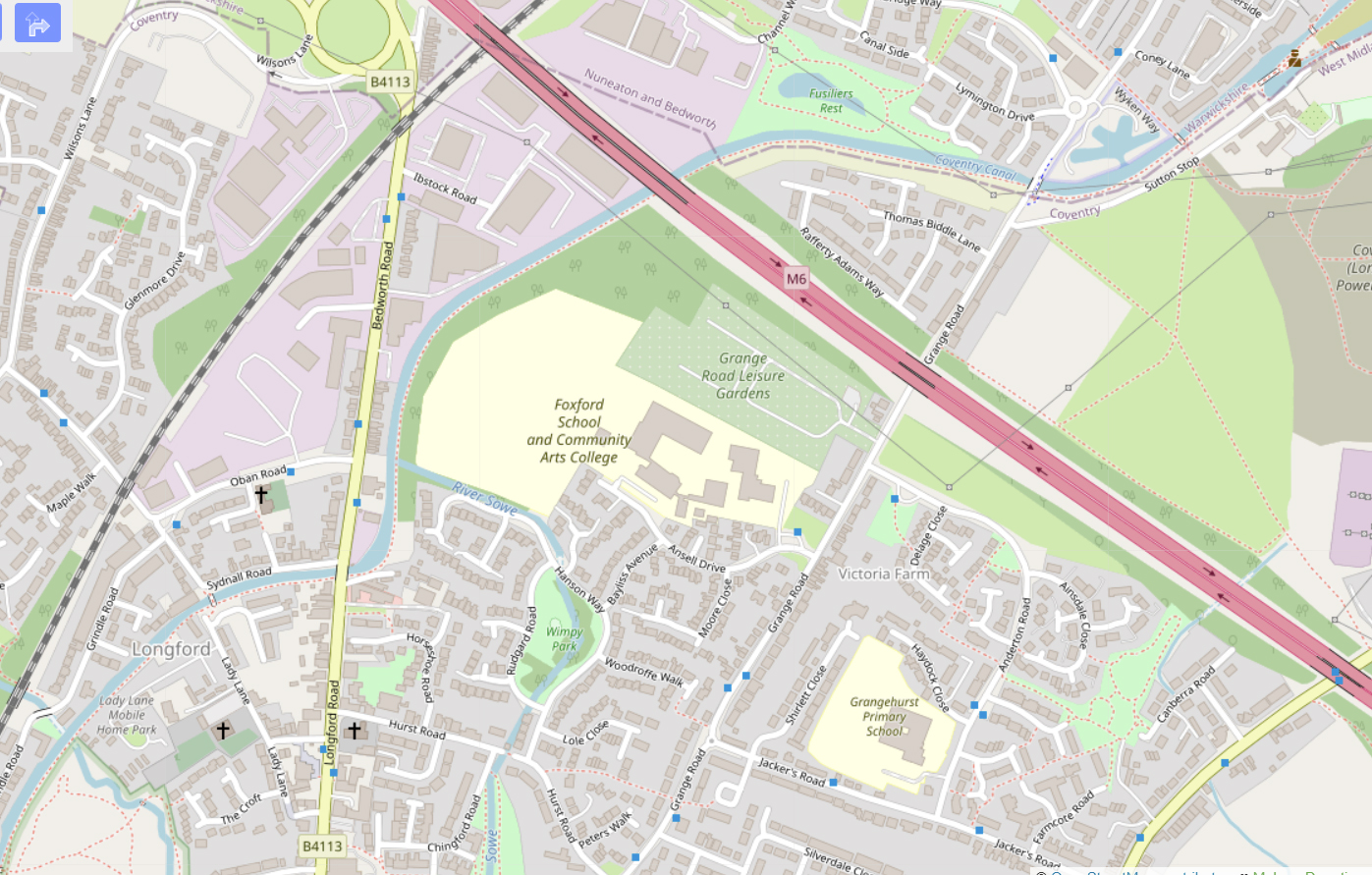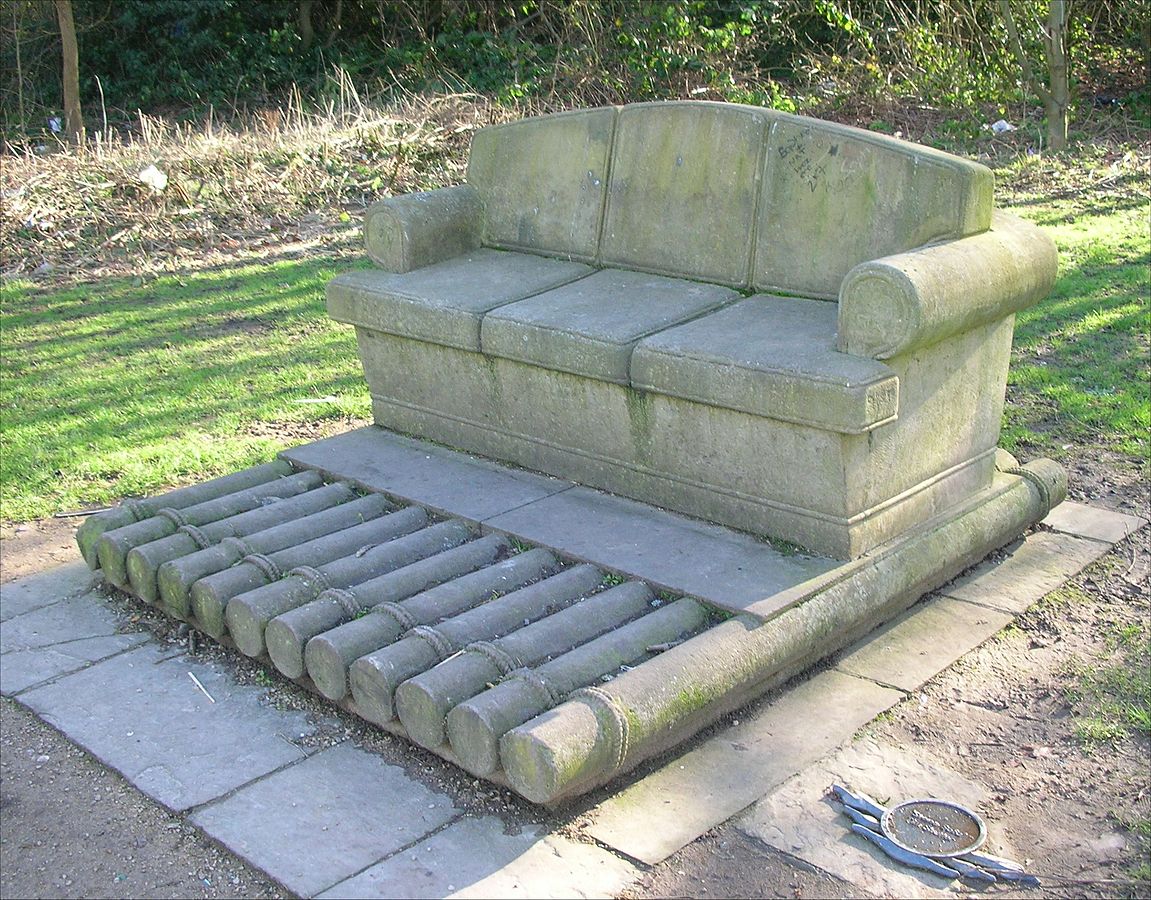
Today we have the thirteenth episode of Peter Walter’s series of lockdown walks “being a compendium of idle facts, hidden places and meaningless historiana gathered on walks within easy striding distance of the writer’s abode – and beyond”.
It’s quiet now, but near this spot one day in May 1768 a gaping crowd turned up to see noisy history being made.
The attraction was a ‘porcupine’, a giant roller with spikes on it, and it was cutting the first trench for the brand new Coventry Canal.
Among the cutting crew that day may well have been Patrick Riley, a ‘navigator’ who’d come from Ireland five years before to work on England’s new-fangled network of canals. More than 250 years later, his name is one of those being used to highlight the history of the waterway on a tatty series of ageing information boards dotted along the towpath.
There are no porcupines hanging around Bridge 9 any more, but warnings about other invasive species are everywhere. We must watch out for the Chinese Mitten crab, the Zebra mussel and the signal crayfish, introduced from North America in the 1970s. I saw one of those in the Coventry Canal once. Looked American too, bigger and a whole lot brasher than our native species.
At Lady Lane, further along the towpath, is the spot where worshippers from the local Salem Baptist Chapel used to dunk terrified candidates for baptism over their heads in the muddy water. The practice ended, it is recorded, in 1865 during a particularly hard winter when, perhaps, the ice got just too thick. Their mighty chapel building is still there, set back a few hundred yards from the canal bank, but it’s now another kind of church, the House Of Empowerment, and they don’t believe in full immersion.

This stretch of the canal, through Longford, bears the heavy imprint of ‘progress’ over the past couple of hundred years. You can hear the M6 crossing overhead before you can see it. It sounds like someone throwing steel trunks around in a locked room. But there is still flag iris beneath the motorway bridge and dog roses among the trees that line the banks. On the water, a mother coot calls to her baby and ducklings ‘run’ across the surface in desperate pursuit of their parents.
Close to Bridge No.10, a sofa relaxes on the towpath, not, as it happens, flytipped furniture but an artwork in stone by Tim Shutter. It looks almost comfortable and has fared rather better than most of the thirty-one pieces of public art installed back in the early 2000s and described at the time as the longest art trail in Britain.

For all its air of scruffy neglect, the canal does possess one of the prettiest corners of the English inland waterway system, Hawkesbury Junction, or Sutton Stop if you prefer to perpetuate the memory of Richard Sutton, the Coventry Canal’s toll clerk back in 1807.
It took the squabbling Oxford Canal and Coventry Canal companies a long time to agree that they should meet here – at one point the mad fools actually had their canals running side by side. But what has emerged is a lovely snapshot of a lost age of travel, when London was only fifty-one hours away by boat and whole infantry battalions could be ferried through the junction on their way to Ireland. Without a Chinese Mitten crab in sight.

